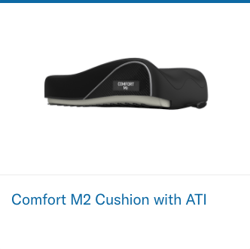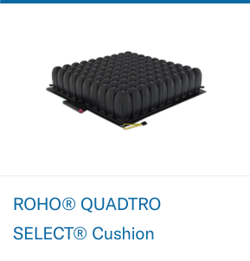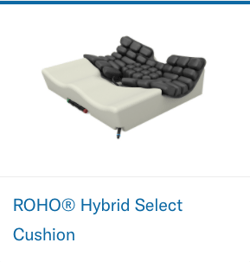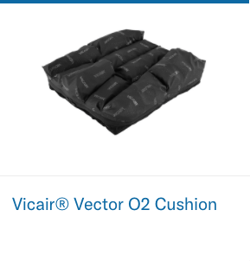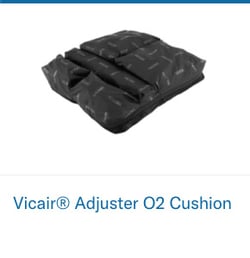Looking for more information on seating and positioning? Check out our digital page all about Permobil seating and positioning products here. This is part 2 of our series on seating and positioning. See part 1 here.
This week in our series on the attributes of great seating we will discuss positioning. We define positioning as “the ability to decide where and how to place the pelvis and thighs.” In essence it refers to the cushions ability to be adjusted for individual postures.
Why is positioning or adjustability important in a cushion?
One thing we can be sure of is that each individual is unique and has distinctive shapes and angles. Cushions are typically designed symmetrically but not everyone is symmetrical, sometimes due to disease, injury, or immobility. Some examples of asymmetrical postures are:
- Pelvic obliquity
- Pelvic rotation
- Windswept posture
- Limitations of hip range of motion on one or both sides

In these cases, it can be a challenge to find the most appropriate cushion solution.
Accommodate or correct?
When you have a client with some kind of asymmetrical or abnormal posture, a physical evaluation should be conducted to determine whether the posture is reducible or non-reducible to decide whether to accommodate or correct for the posture.
Reducible/Flexible: means it can be adjusted to a better position
Non-reducible: means it is stuck in this position and has the potential to get worse.
When a posture is reducible/flexible, a product should be selected that has the ability to correct the posture. For example, if a client has an obliquity or uneven pelvis, raising up the cushion on the low side of the pelvis can result in evening the pelvic position or “correcting” the posture.
When a posture in non-reducible/fixed, a product should be selected that has the ability to accommodate the posture and provide the most even pressure redistribution possible. In the case of a non-reducible pelvic obliquity, raising up the cushion on the high side of the pelvis to provide more contact with the cushion surface will accommodate for the obliquity and provide more even pressure re-distribution.
Custom or off-the-shelf?
Often when we think of these abnormal postures and adapting a cushion to meet the goals of the postures, we think of custom fabricated or custom molded seating. Permobil is unique in offering technologies that allow for off-the-shelf positioning capabilities with foam and air options. If the multiple off-the-shelf positioning capabilities do not meet the individual goals, Permobil also offers custom fabricated options through the Comfort Inception cushion. The comprehensive Permobil cushion portfolio is intended to offer a solution for any seating need.
Permobil foam cushions with positioning capabilities
Permobil air cushions with positioning capabilities
Join us next time for a discussion of the third attribute of great seating: stability.

